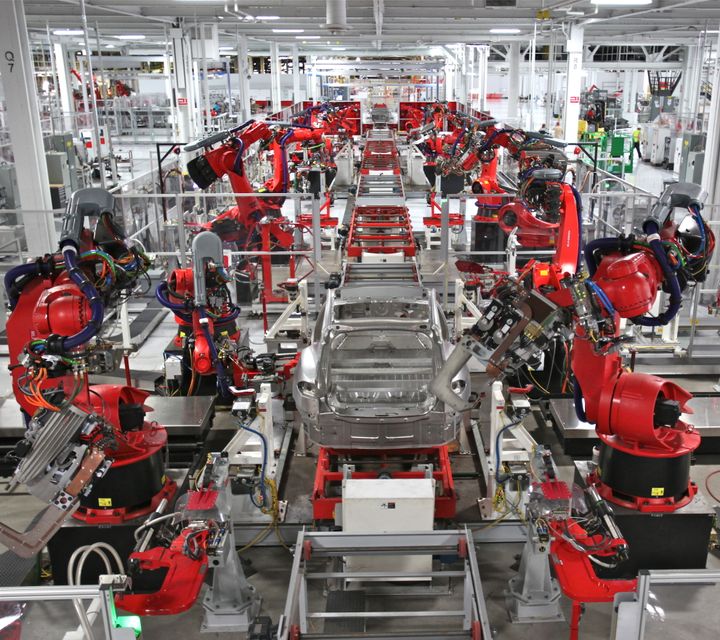Researchers Develop 3D Printing Drones Capable To Build & Repair In-flight.
With an even more advanced approach towards 3D printing in the construction sector, researchers from the Imperial College London and Empa, the Swiss Federal Laboratories of Materials Science and Technology have designed fully functional 3D printing drones inspired from a swarm of bees that work together to form intricate nesting structures. The drones are autonomous but can be monitored remotely and with the precision of 3D printing technology, these swarms of drones can be simultaneously used to build or repair structures with efficiency.
The fleet of these drones also termed as Aerial Additive Manufacturing (Aerial-AM) uses a single blueprint guide employing their 3D printing capabilities in flight. The Aerial-AM system employs a 3D printing and path-planning framework to help the collectively working ScanDrones and BuilDrones, classified based on their functionality. The main function of the BuilDrones is to deposit materials during flight, ScanDrones help in assuring quality checks by continuously measuring the output of BuilDrones and guiding them further for the next manufacturing steps.
Research Lead, Mirko Kovac, who is a Professor at Imperial College’s Department of Aeronautics and also Heads Empa’s Materials and Technology Center of Robotics, in a recent release from the Imperial College london said, “We’ve proved that drones can work autonomously and in tandem to construct and repair buildings, at least in the lab. Our solution is scalable and could help us to construct and repair buildings in difficult-to-reach areas in the future.”
The researchers tested out the concept by developing a concrete like mixture from a polyurethane-based foam material for the drones to develop 3D structures. The drones used real time data along with a predefined printed geometry and adapted accordingly to meet the design specifications with an accuracy of upto 5 millimetres. The drones successfully built a 2.05-metre, 72 layered high cylindrical structure and another 28 layered, 18-centimetre custom designed structure from this material.
The researchers are quite optimistic about the potential of these drones in the future of the construction industry, where they can be employed to build and repair structures remotely with minimal human interference reducing the overall risks and other hazards associated with the overall industry. The drones will also be capable of carrying out construction projects in inaccessible areas.




 Industry Inscript is a subsidiary of Valiant and Company Ltd.
Industry Inscript is a subsidiary of Valiant and Company Ltd.
Comments ()